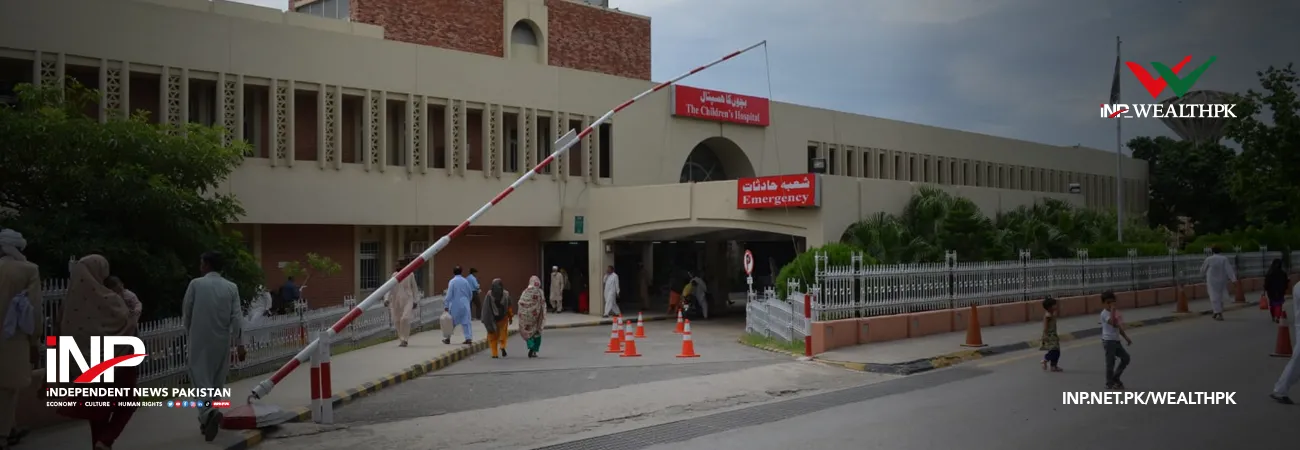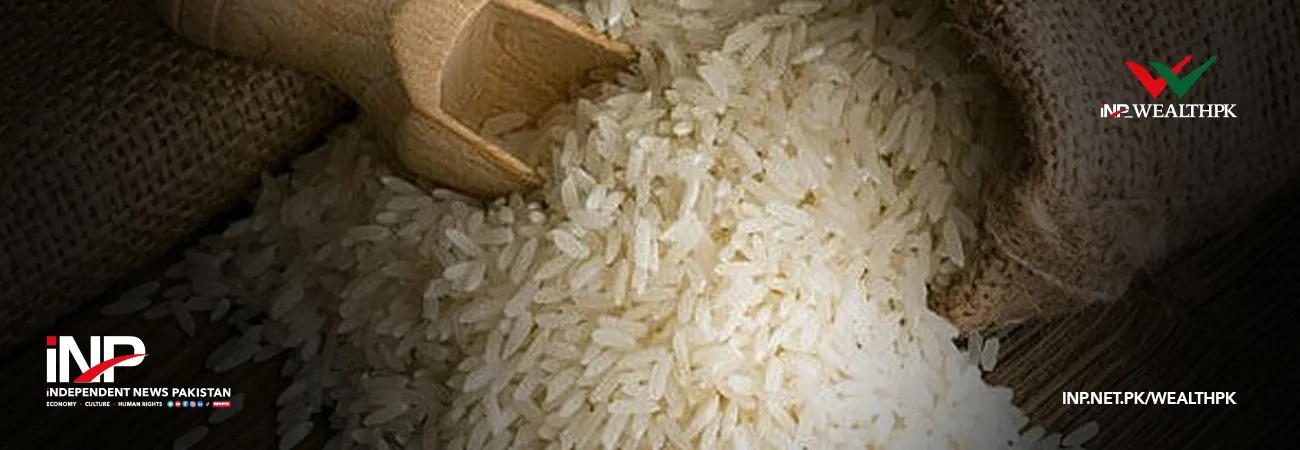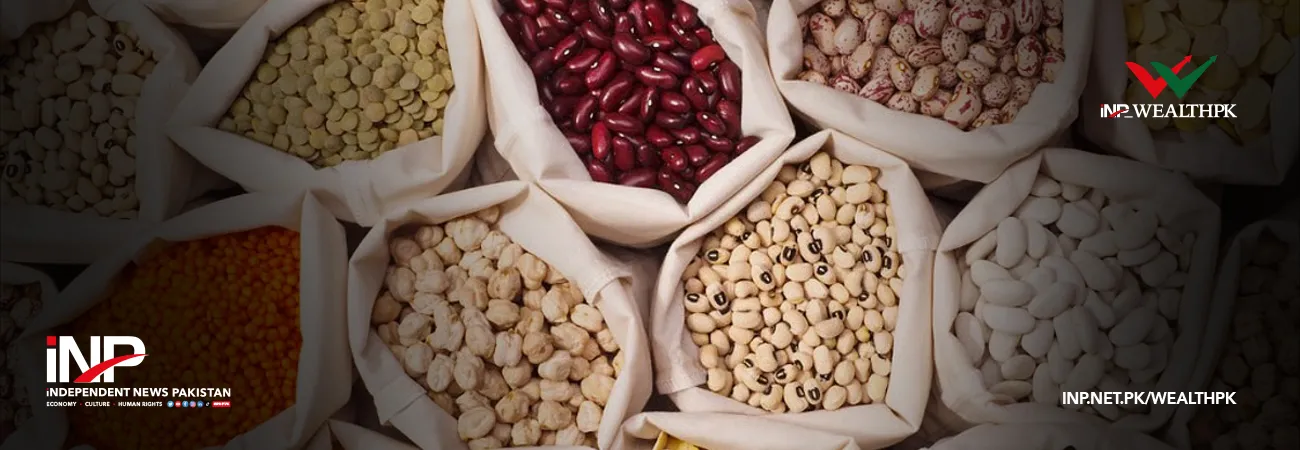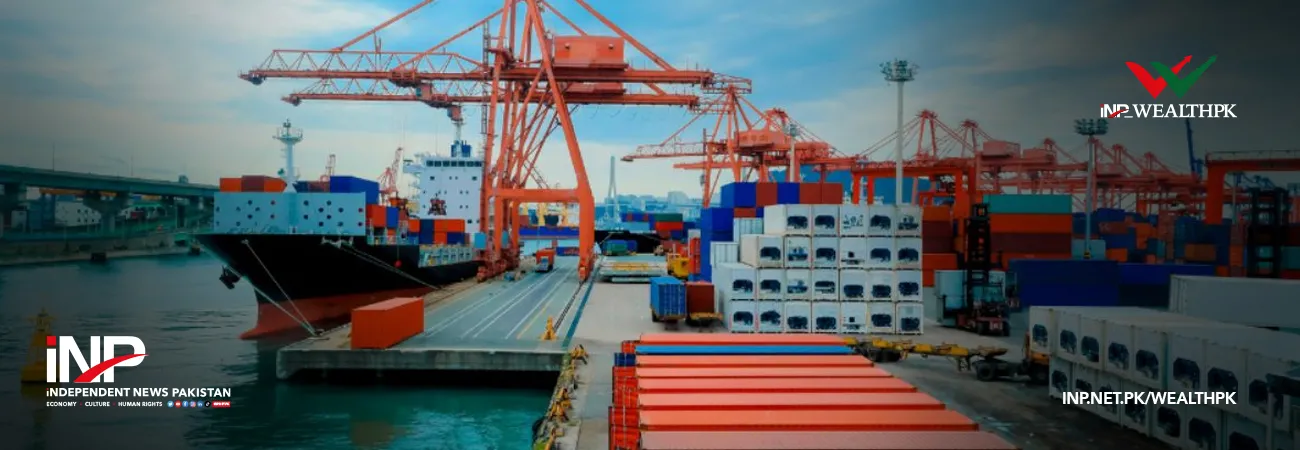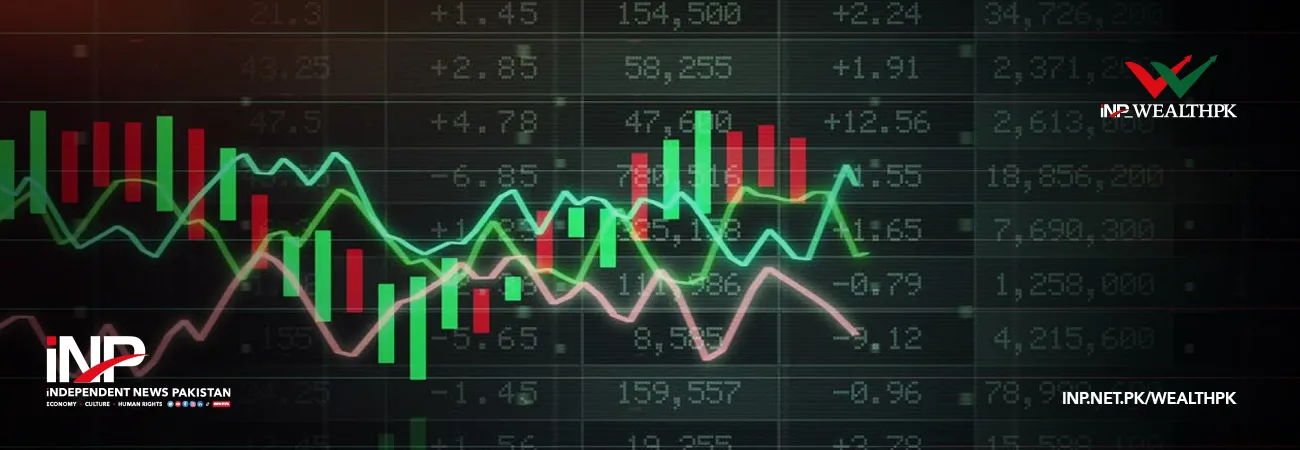INP-WealthPk
By Abrar Saeed ISLAMABAD, Oct. 29 (INP-WealthPK): In order to sustain the windfall growth achieved by the textile industry in recent months, the Government of Pakistan is coming up with multiple policies and measures. The Covid-19 pandemic had hit hard neighbouring China, India and Bangladesh, the big players in the international textile market, resulting in an almost complete shutdown of all businesses, including the textile industry in these countries, providing Pakistan with an opportunity to step in and take advantage of the situation. The situation had turned so during the period that despite being running at full capacity, the industry could not meet the demand orders. Pakistan’s textile industry contributes 60 percent to the country’s exports, accounting for almost 8.5 percent of GDP. Pakistan is the eighth largest exporter of textile products in Asia, with the fourth largest producer and third largest consumer of cotton. It comprises 46 percent of the total manufacturing sector and employs 40 percent of the production labour workforce. Pakistan has a supply base for almost all artificial and natural yarns and fabrics, including cotton, rayon, and others. This richness in raw material is a huge benefit for Pakistan due to its advantageous impact on cost and operational lead time. In March 2020, Pakistan’s textile and apparel exports recorded a growth of 30.4 percent, making it $1.355 billion instead of the expected $1.039 billion. This upward trajectory in textile exports continued and from July 2020 to March 2021 the exports stood at $11.35 billion as compared to the corresponding months last year at $10.41 billion showing a growth of 9.06 percent, reported Pakistan Textile Journal in its April edition. The Pakistan Bureau of Statistics (PBS) noted that the first four months of the current financial year showed the textile and clothing export shipments are back on growth trajectory both in terms of their quantity and dollar value. The data showed that textile shipments have surged by 3.8 percent to $4.8 billion between July and October from $4.6 billion a year ago. The rise in the textile and clothing group has been a bit faster than the 0.6 percent growth in the overall export. The export recovery is most prominent in knitwear, home textiles and denim segments. There is also a significant decline in certain cases — in the shipments of basic textile commodities such as yarn and grey cloth, indicating that the country is exporting more value-added products than ever before. It also reflects a shortage of raw materials for the value-added industry owing to a growing number of orders. This surge in demand for raw material had hiked cotton prices to a 10-year high on account of a sharp drop of 37.6pc in the cotton arrivals for ginning to 4.6 million bales by December 3 compared with 7.4m bales last year. In the first nine months of the last fiscal year, the import of textile machinery witnessed an increase of 7.72 percent, indicating the domestic industry’s growing confidence in the incentives and measures announced by the government for the development of the sector positively and is on its way to modernisation and expansion. “The domestic industry is already planning expansion and is ready to invest $5 billion across the textile chain to double the exports by 2025,” the Textile Journal reported. To keep the growth rate on a positive trajectory, the government has announced a number of incentives including fixing of power prices at $0.07 a unit and gas tariff at $0.065mmbtu for export industries. In addition, the State Bank of Pakistan (SBP) has announced a conducive Long-Term Financial Facility (LTFF) for the textile sector. Furthermore, SBP has also launched a long-term concessionary financing facility for boosting investments in new capacity expansion and up-gradation of technology. On the other hand, the government is taking a number of measures to make growth in the textile sector sustainable for which a number of measures are taken in consultation with stakeholders. The government has set a target to double the country’s textile-related exports to $25 billion by 2025. As China is an inevitable trading partner for Pakistan to meet this 2025 target, the Ministry of Commerce is in the process of fine-tuning the draft of Textile and Apparel Policy 2020-25. On the direction of the Economic Coordination Committee (ECC) of the federal cabinet, an eight-member Inter-Ministerial Committee (IMC) headed by Adviser to Prime Minister on Commerce and Investment Abdul Razak Dawood was constituted. The committee was tasked to come up with the draft of the proposed Textile Policy 2020-25 in consultation with all stakeholders. IMC comprising Minister for Energy Hammad Azhar, Minister for Industries and Production Khusro Bakhtiar, federal secretaries of Finance, Commerce, Power and Petroleum ministries, and chairman Federal Board of Revenue (FBR), held its maiden meeting on Oct 20. The committee will submit its recommendations to ECC within two weeks. It is expected that Customs duty-free regime on import of textile and apparel machinery will continue, while duty on spare parts of textile-related machinery would also be brought to zero Customs duty regime. Besides, the policy of providing cheap power and other incentives for the textile industry would be further enhanced. The Ministry of Commerce will also ensure common warehousing, including indirect exporters in temporary importation schemes and pursue the FBR to devise a new temporary importation scheme to cater to changing trends. Pakistan and China have entered into the second phase of the China-Pakistan Free Trade Agreement (CPFTA2) from January 2020, under which China has eliminated tariffs on 313 priority tariff lines of Pakistan’s export interest. In return, Pakistan has offered China market access to raw materials, intermediate goods and machinery. Out of these 313 high-priority products that Pakistan can now export without duty payments to China, 130 are from the textiles and clothing sector. Reduced tariffs, an expected surge in Chinese investment and the potential shift of production base from China to Pakistan may change the regional dynamics of textiles trade. With the second phase of the CPFTA2 on ground, there is a possibility of relocating the production of international brands, many of which have facilities in China that import cotton fabric from Pakistan as raw material — to Pakistan itself. The inflow of Chinese investment in machinery and technology in order to set up production bases in Pakistan will drive innovation and economies of scale, thereby making Pakistan regionally competitive in cotton-based garments. In addition, Pakistan will garner a favourable position for exporting to other markets that have so far been trading primarily with China as well as potentially to other Regional Comprehensive Economic Partnership (RCEP) members. All these developments and commitment on the part of the government show that in coming years the textile and apparel sector of Pakistan will grow at a fast pace and contribute handsomely towards the economic growth of the country.




